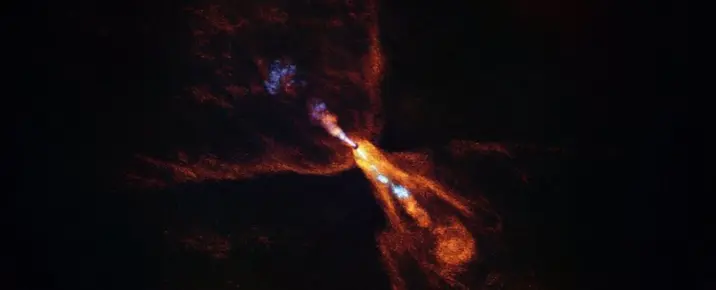T4K3.news
Rogue Planets Form Mini Planetary Systems Webb Finds
James Webb observations reveal disks around eight rogue planets and early signs of planet formation.
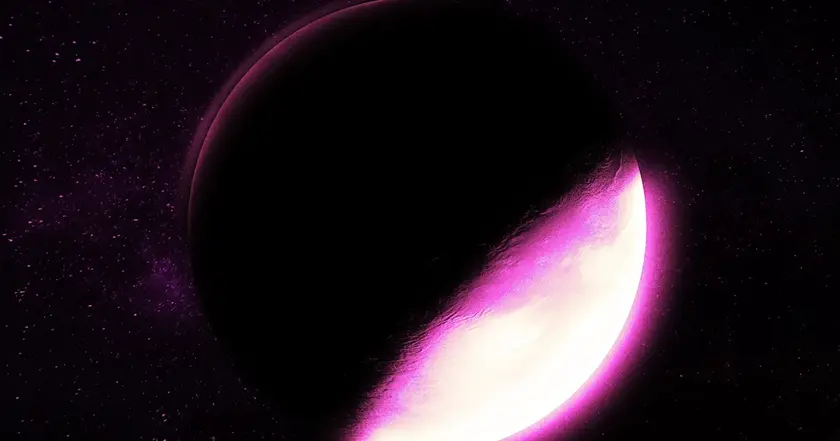
Astronomers using the James Webb Space Telescope report disks around massive rogue planets and signs of early planet formation, suggesting tiny planetary systems can exist without stars.
Rogue Planets Form Mini Planetary Systems Webb Finds
Astronomers using the James Webb Space Telescope studied eight free-floating planets with masses five to ten times that of Jupiter, observed between August and October 2024. Six of the objects show infrared excess and warm dust, indicating circumplanetary disks that could host the first steps of planet formation. The detection of silicate grains around a planetary-mass object marks a milestone, pointing to the growth of solid bodies that can become planets.
Rogue planets are not bound to any star and are thought to form in a way similar to stars. The findings imply that planetary systems might develop around lonely worlds, effectively creating miniature solar systems that are not centered on a sun. While the results are exciting, the researchers caution that they do not prove such systems exist yet and more observations are needed to confirm the idea.
Key Takeaways
"These discoveries show that the building blocks for forming planets can be found even around objects that are barely larger than Jupiter and drifting alone in space."
Lead author Belinda Damian on significance
"This means that the formation of planetary systems is not exclusive to stars but might also work around lonely starless worlds."
Author on broader implications
"Taken together, these studies show that objects with masses comparable to those of giant planets have the potential to form their own miniature planetary systems."
Coauthor Aleks Scholz on potential
"Whether or not such systems actually exist remains to be shown."
Cautionary note from the team
If borne out, the idea that planets can form around starless worlds would broaden our view of where planets come from. It could change how scientists count planets and how they model their growth in extreme environments. Yet the sample is small and the observations are early, so the claim should be treated with careful optimism. The James Webb Space Telescope remains crucial, but future data will test whether these disks are common and stable enough to form real systems.
At stake is a shift in scientific priorities and how budgets are allocated for space research. The work highlights gaps in our knowledge and the value of high-sensitivity infrared astronomy, while reminding us that nature often writes more complex scripts than our theories anticipate.
Highlights
- Planetary systems can form around lonely worlds
- Disks around rogue planets reveal early steps of planet formation
- Mini solar systems could exist without a central star
- The finding widens where the science of planets begins
The cosmos continues to surprise us with new possibilities for how planets form.
Enjoyed this? Let your friends know!
Related News
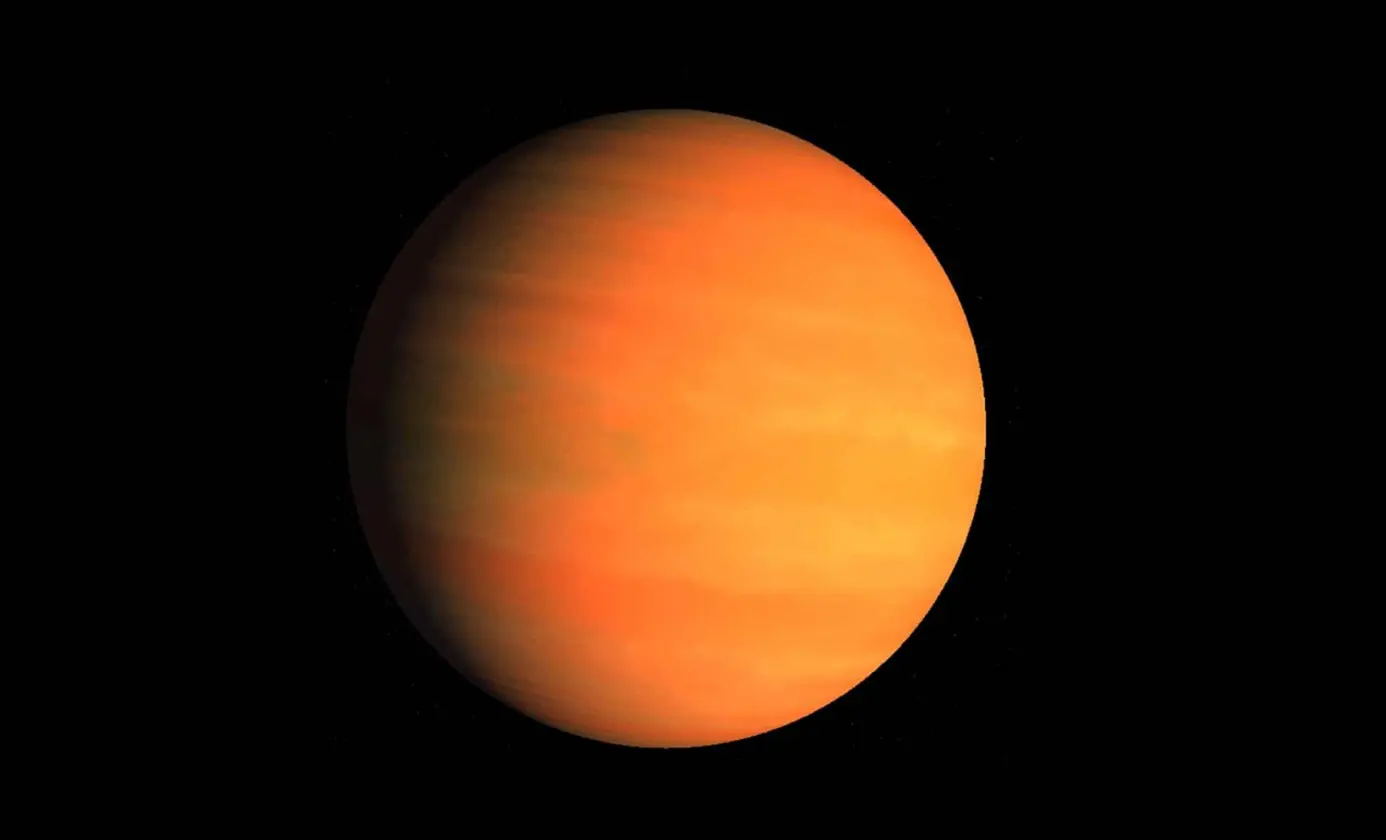
New Exoplanet Discovery Revealed
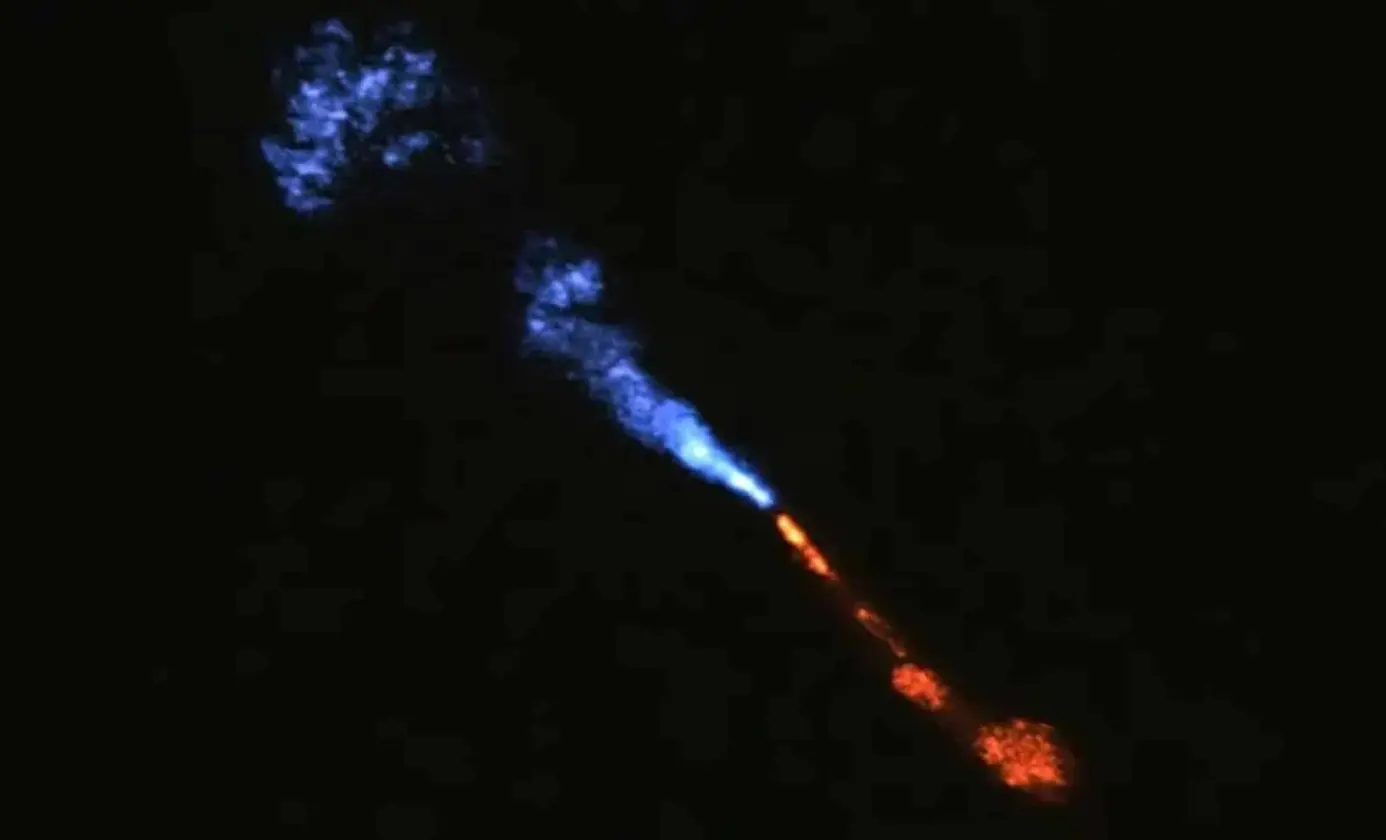
NASA's Webb Telescope Observes New Solar System
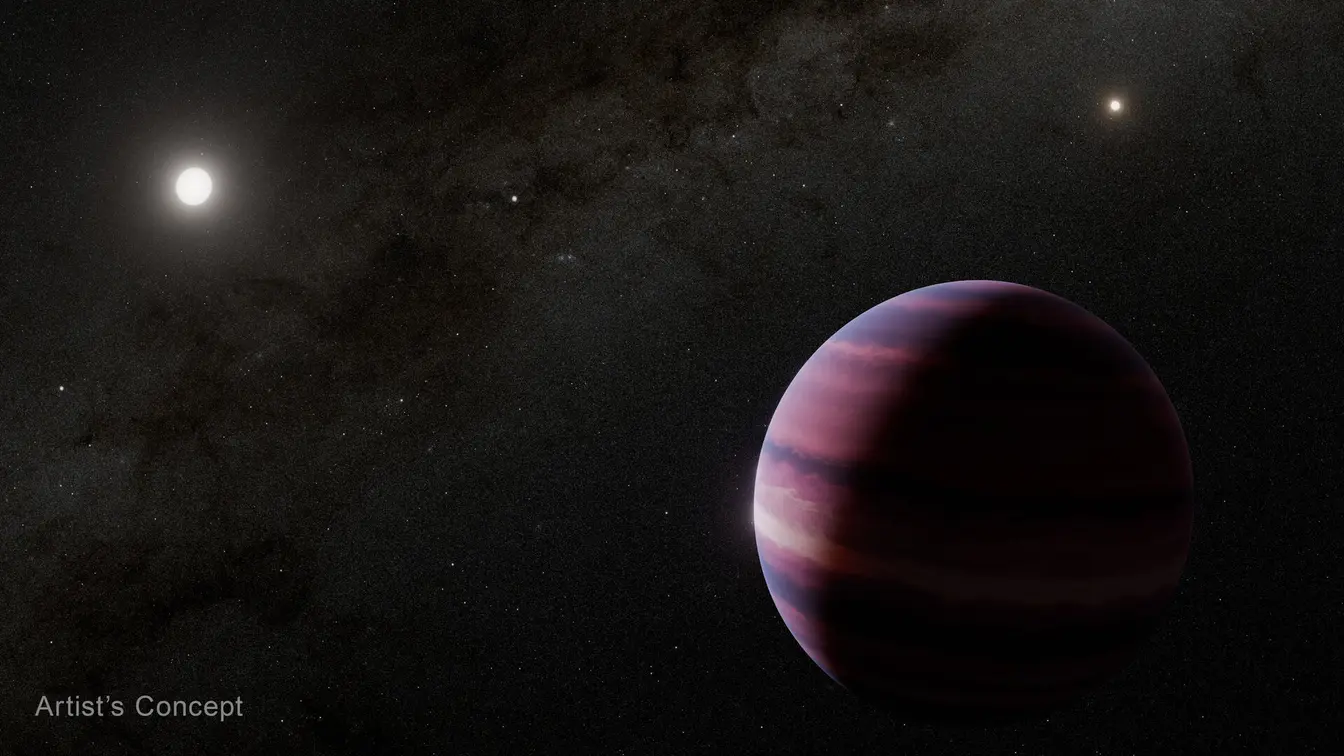
Astronomers detect potential gas giant near Alpha Centauri
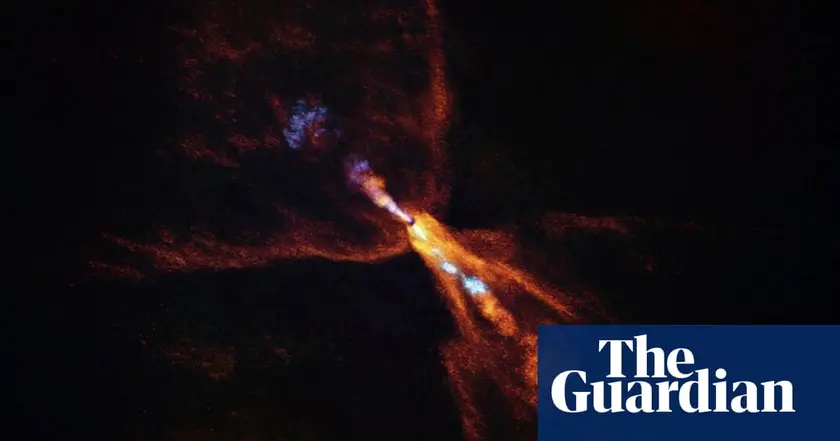
Astronomers discover rocky planet seeds in distant star system

Scientists discover fifth planet in L 98-59 system
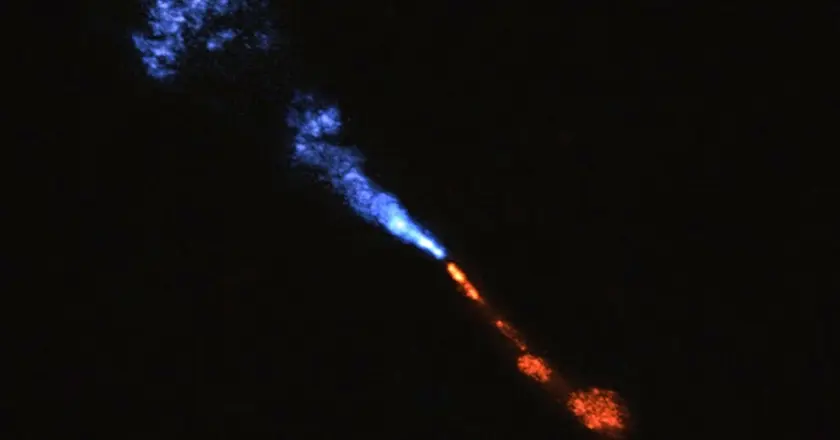
Astronomers Capture First Signs of Planet Formation
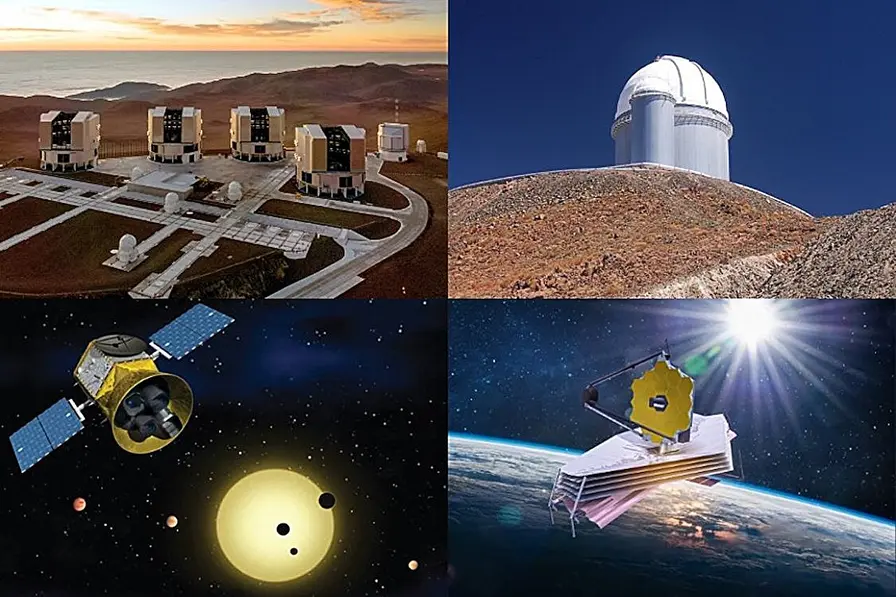
Fifth potentially habitable planet confirmed in L 98-59 system
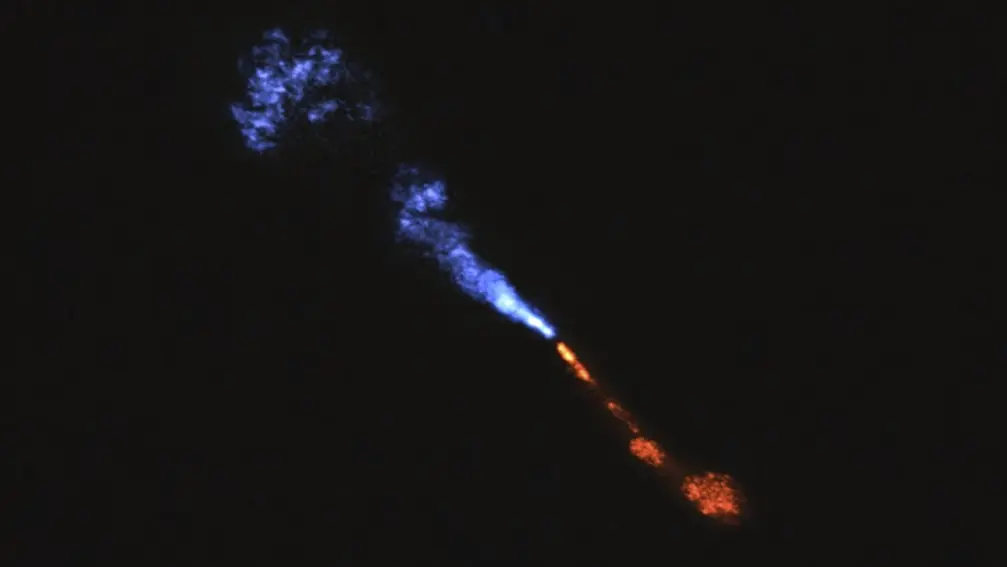
Astronomers discover early planet formation
